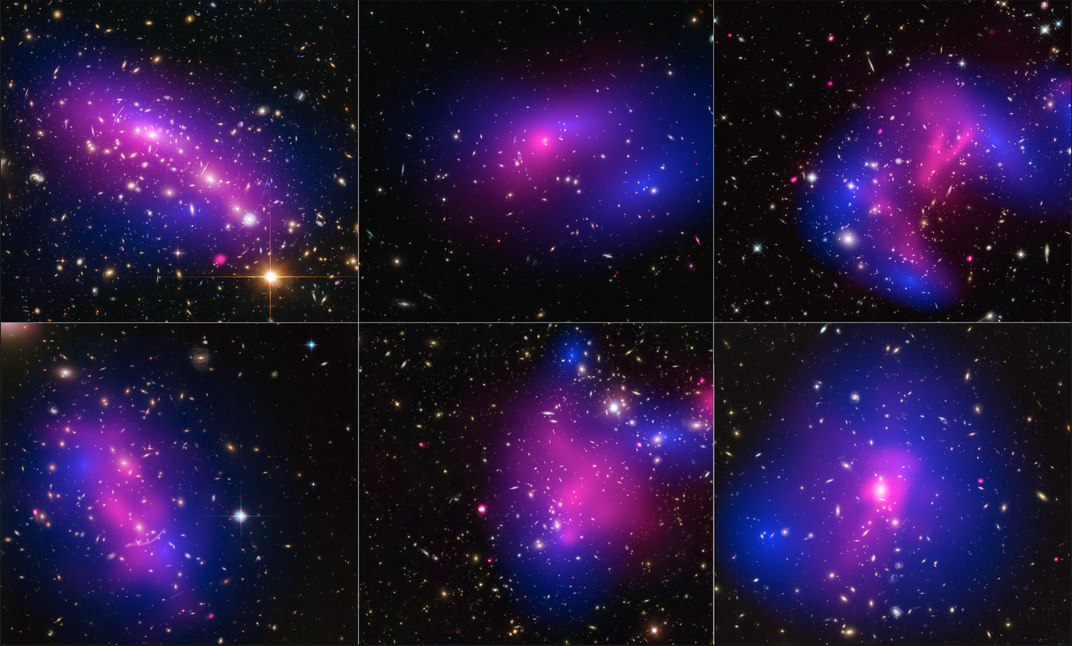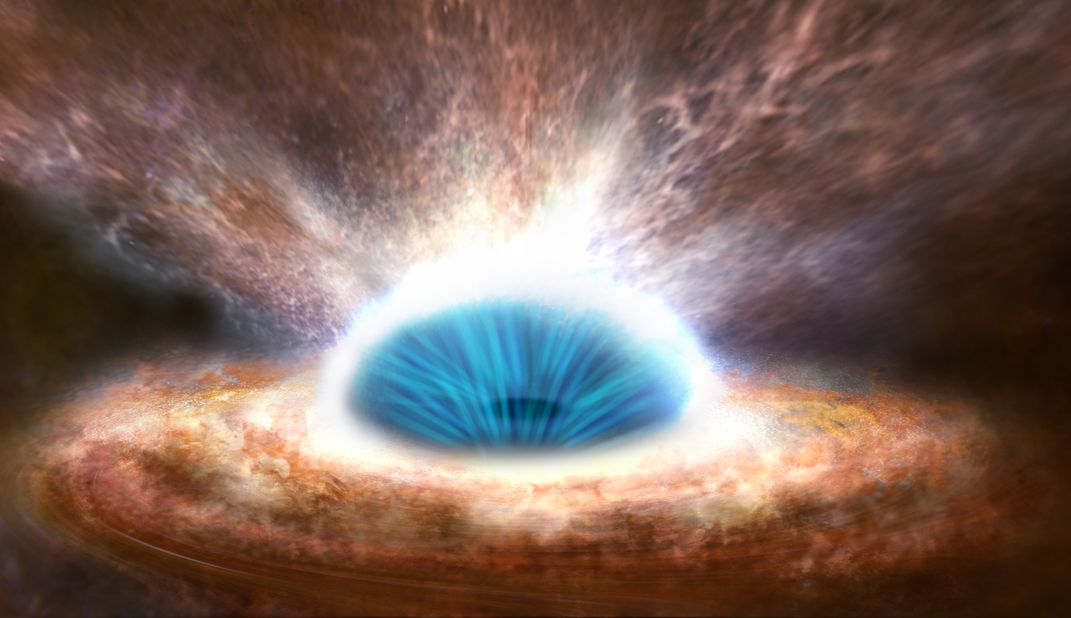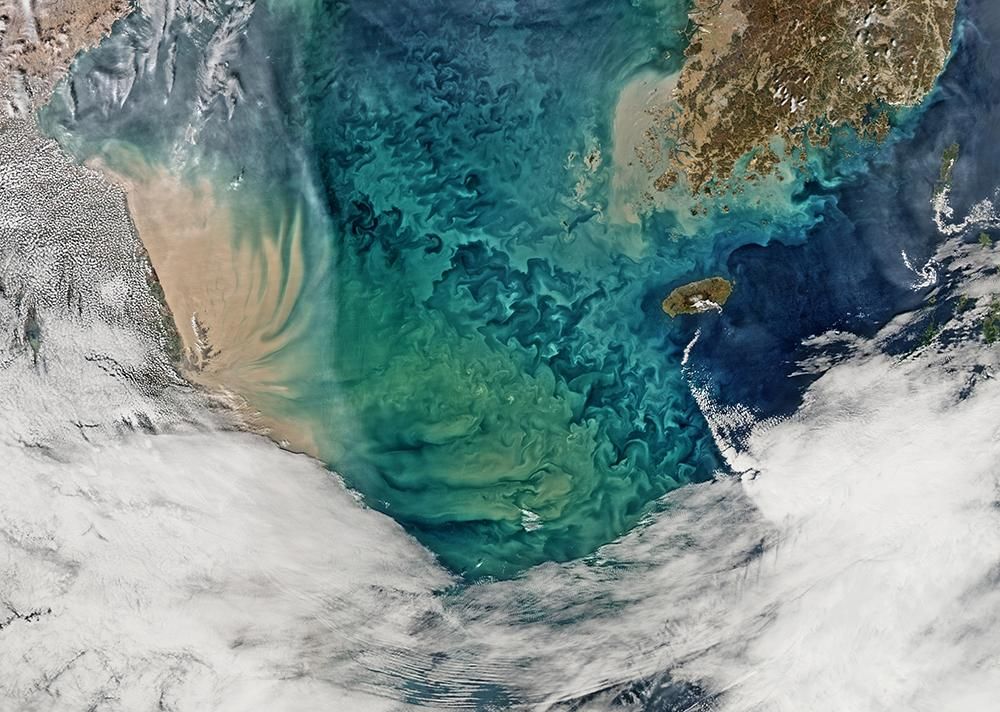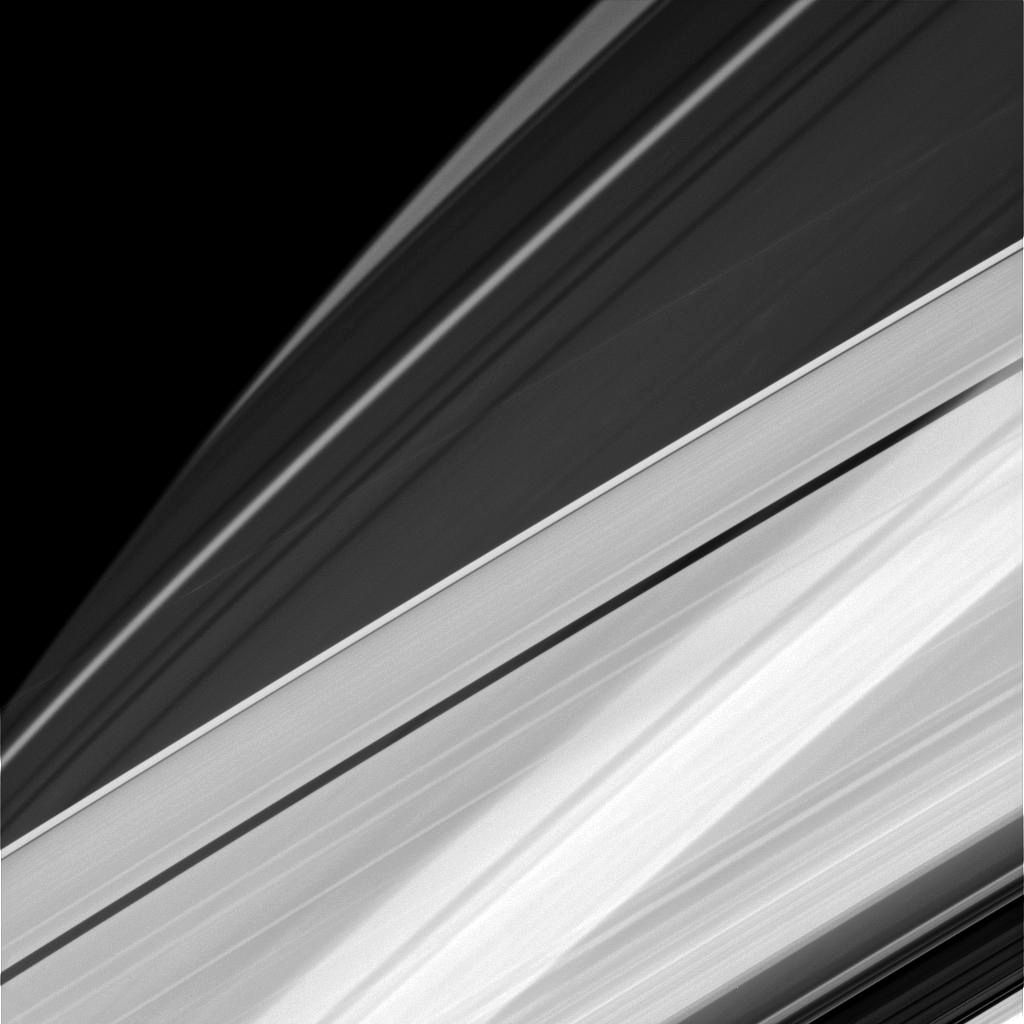A Rocket Blessing and a Cubist Planet Are Among These Celestial Sights
Russia sends off the one-year crew and a Saturn probe gets artistic in our picks for this week’s best space-related pictures
A Russian priest blesses the rocket and the flight crew for the first year-long mission to the ISS, NASA telescopes find new clues about dark matter and the Cassini spacecraft gets an unusual view of Saturn's rings in our selections for this week's best space-related pictures.
...
...
Bon Voyage

An Orthodox priest blesses Sergey Semchenko of the Russian Search and Recovery Forces on a launch pad at the Baikonur Cosmodrome in Kazakhstan on March 26. Following Russian tradition, the priest also blessed the Soyuz rocket destined to carry NASA astronaut Scott Kelly and Russian cosmonauts Mikhail Kornienko and Gennady Padalka to the International Space Station on March 28. Kelly and Kornienko are embarking on the first year-long mission aboard the ISS, which will see the crew tested for the effects of long-term space travel.
Darker Matter

It seems dark matter is even more aloof than believed. A new study of 72 sets of colliding galaxy clusters shows that the mysterious substance not only refuses to interact with regular matter, it barely even interacts with itself. Dark matter is an invisible substance that so far has only been seen influencing regular matter via gravity. One way we can indirectly detect it is when clumps of dark matter are massive enough to warp the light from background objects, an effect called gravitational lensing.
When galaxy clusters collide, scientists can see how dark matter behaves by scanning for this lensing effect. Gas clouds surrounding the galaxies also slam into each other, generating high-energy radiation. Using lensing data from the Hubble Space Telescope (blue) and X-ray data from the Chandra observatory (pink), scientists found that the gas clouds slowed down due to their interaction, while the dark matter sailed on through. This suggests that, whatever dark matter is made of, the particles don't interact with each other very much.
Black Hole Feast

Almost all large galaxies have supermassive black holes at their centers, but not all of them are active eaters. Our Milky Way, for instance, hosts a dark and quiescent black hole that only occasionally seems to nibble. But some galaxies have supermassive black holes ringed by winds of bright, high-energy radiation, a sign that they are consuming large amounts of matter. Other galaxies can be seen blasting wide flows of matter into space, and astronomers have long suspected that a feeding black hole is somehow responsible. But until now, astronomers have not seen the two effects happening in one galaxy at the same time. Now a study of the active galaxy IRAS F11119+3257 managed to spot both its winds and its outflows, seen here in an artist's rendering. The astronomers were able to calculate that the winds they see are indeed powerful enough to drive the galaxy's towering jets.
Cerulean Swirls

The waters of the Yellow Sea churn with color in a recently released image snapped by NASA’s Aqua satellite. “The region of Bohai Sea, Yellow Sea, and East China is one of the most turbid and dynamic ocean areas in the world,” NOAA expert Menghua Wang told NASA's Earth Observatory. The undulating currents are driven by many factors, from tidal currents to seasonal changes in wind strength and water temperature. The resulting motion mixes materials such as coastal sediment and algae through the waters, in this case creating scalloped patterns in rich shades of teal, blue and tan.
Painterly Rings

Lines and shadows play across the frame in this artistic view of Saturn and its rings from NASA's Cassini spacecraft. The lighter section seen at bottom is the A ring, a broad band of material near the outside edge of the planet's complex ring system. In the upper part of the image is part of Saturn itself, lined with shadows cast by the rings. The bright white band that seems to cut across the A ring is actually a strip of light falling on the planet, which can be seen through the not-quite opaque rings.